Maintaining the proper pH levels in a red-eared slider's aquatic environment is crucial for its overall health and well-being. These turtles, commonly known as Brazilian turtles in some regions, thrive in specific water conditions that mimic their natural habitat. Fluctuations in pH can lead to stress, shell problems, and even long-term health issues. Understanding how to monitor and adjust pH levels effectively is an essential aspect of responsible turtle care.
The ideal pH range for red-eared sliders typically falls between 6.5 and 8.0. This slightly alkaline to neutral range helps maintain healthy shell condition and supports proper biological functions. When the pH drifts outside this range, turtles may exhibit signs of discomfort such as excessive basking, reduced appetite, or unusual swimming patterns. Regular monitoring becomes particularly important in captive environments where natural balancing mechanisms are absent.
Various factors influence water pH in a turtle tank. Decomposing organic matter like uneaten food and waste produces acids that lower pH over time. The type of substrate used can also affect water chemistry - certain rocks or gravel may leach minerals that alter pH. Even the source water itself may have inherent pH characteristics that need adjustment before being added to the habitat. These variables make consistent monitoring absolutely necessary.
Several methods exist for testing aquarium pH. Liquid test kits provide accurate measurements and are relatively inexpensive, though they require careful handling and interpretation of color changes. Digital pH meters offer precise readings but need regular calibration to maintain accuracy. Test strips provide quick results but may lack the precision of other methods. Regardless of the chosen method, testing should occur at consistent times, preferably before water changes when the tank environment is most stable.
When pH levels require adjustment, changes should be implemented gradually. Sudden shifts can shock the turtle's system more severely than slightly imperfect but stable conditions. For raising pH, crushed coral or limestone can be added to the filter. To lower pH, natural methods like adding peat moss or almond leaves are safer than chemical treatments. Always make adjustments incrementally, testing after each small change to avoid overshooting the target range.
Seasonal variations can affect tank pH in unexpected ways. During warmer months, increased biological activity might lead to faster pH drops. In winter, lower temperatures may slow down these processes. Keeping detailed records of pH measurements alongside temperature readings and maintenance activities helps identify patterns and anticipate necessary adjustments before problems arise.
The relationship between pH and other water parameters shouldn't be overlooked. Ammonia toxicity increases dramatically in alkaline conditions, making pH management critical when dealing with waste byproducts. Similarly, the effectiveness of certain medications can depend on maintaining proper pH ranges. A holistic approach to water quality management considers all these interconnected factors rather than focusing on pH in isolation.
Behavioral observation complements technical measurements in assessing water quality. A turtle that consistently avoids certain areas of the tank or shows changes in normal activity patterns might be reacting to discomfort from improper pH, even if test results appear acceptable. These subtle cues often provide the first indication that something in the environment needs attention.
Establishing a regular maintenance routine helps stabilize pH fluctuations. Partial water changes of 25-30% weekly help remove acidifying compounds while avoiding drastic shifts that occur with complete changes. Cleaning schedules for filters should balance the need to remove waste with preserving beneficial bacteria colonies that contribute to biological filtration and pH stability.
Long-term pH management benefits from understanding the turtle's natural history. Red-eared sliders originate from diverse freshwater habitats across North America, ranging from slightly acidic swamps to alkaline ponds. While they demonstrate adaptability, maintaining conditions within their preferred range reduces stress and supports immune function. This becomes especially important for growing juveniles and breeding adults with higher physiological demands.
Advanced keepers might explore natural buffering systems to maintain stable pH. Live plants contribute to this balance by absorbing nitrates and carbon dioxide while releasing oxygen. Certain aquatic plants also secrete compounds that help moderate pH swings. When combined with proper filtration and regular maintenance, these biological approaches can create more self-sustaining environments that require less frequent intervention.
Special consideration should be given to hospital tanks or quarantine setups where sick turtles receive treatment. Stress from illness makes turtles more vulnerable to secondary complications from improper water conditions. Medications may alter pH or become less effective at certain pH levels. In these situations, more frequent testing - potentially daily - ensures the environment supports rather than hinders recovery.
Education plays a vital role in successful pH management. New keepers often underestimate the importance of water chemistry, focusing instead on more visible aspects like temperature or enclosure size. Quality care sheets and beginner resources should emphasize the fundamental role of pH monitoring while providing clear, actionable guidance for maintaining proper levels. This foundational knowledge prevents many common health issues before they develop.
Technological advancements continue to simplify pH monitoring for turtle keepers. Smart aquarium systems now offer continuous pH tracking with mobile alerts when levels deviate from preset ranges. While these systems represent a significant investment, they provide unprecedented insight into water chemistry dynamics, particularly for keepers maintaining multiple habitats or breeding operations where constant monitoring becomes impractical.
The broader ecological implications of pH management extend beyond individual turtle health. Proper disposal of water during changes, mindful selection of tank additives, and responsible sourcing of pH-adjusting materials all contribute to environmentally sustainable practices. This holistic perspective aligns turtle keeping with broader conservation values, particularly important for a species often released invasively into non-native ecosystems.
Ultimately, consistent pH management forms part of a larger commitment to providing red-eared sliders with appropriate captive care. While the technical aspects might seem daunting initially, they quickly become routine with experience. The reward comes in observing active, healthy turtles displaying natural behaviors in a well-maintained environment. This visible confirmation of proper care makes the effort of regular monitoring truly worthwhile.
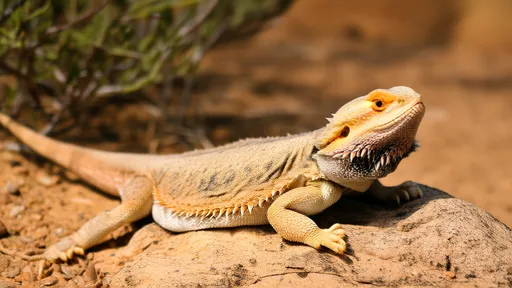
By /Jun 28, 2025
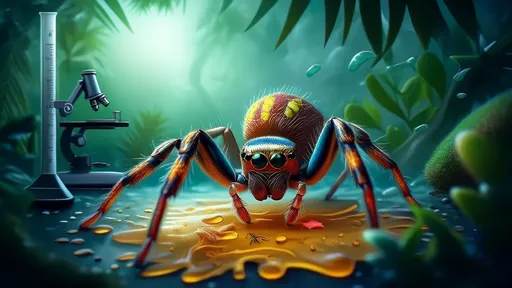
By /Jun 28, 2025
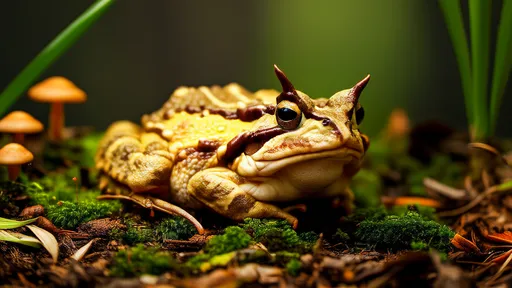
By /Jun 28, 2025
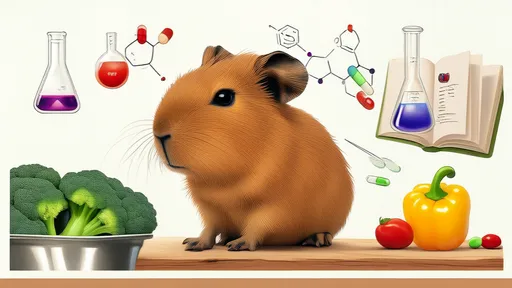
By /Jun 28, 2025
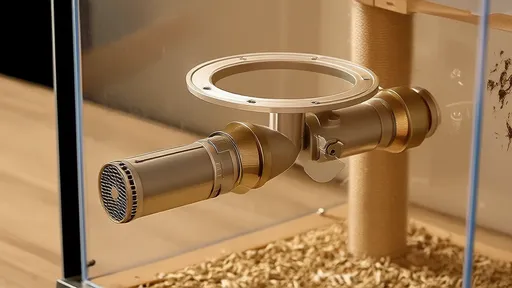
By /Jun 28, 2025
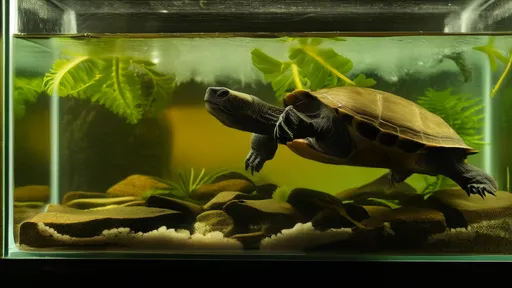
By /Jun 28, 2025
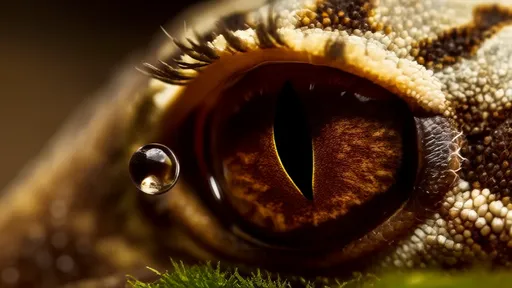
By /Jun 28, 2025
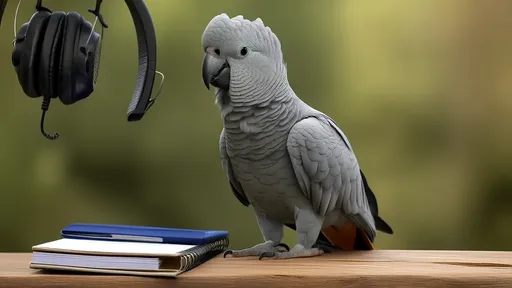
By /Jun 28, 2025
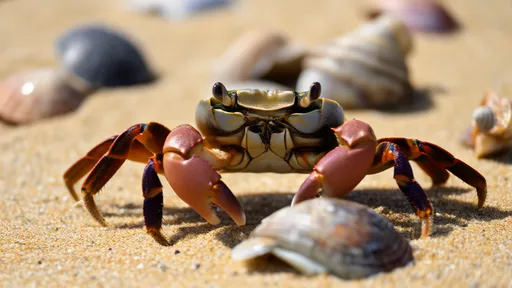
By /Jun 28, 2025
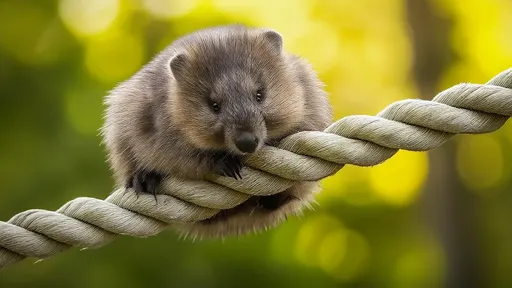
By /Jun 28, 2025
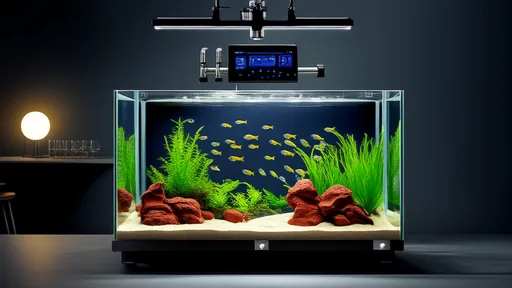
By /Jun 28, 2025
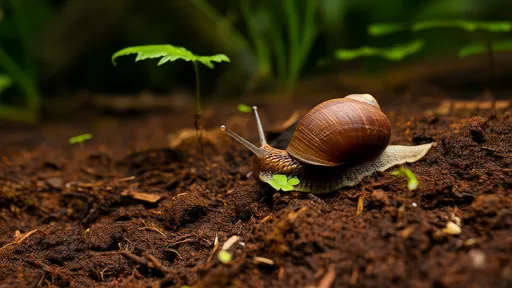
By /Jun 28, 2025
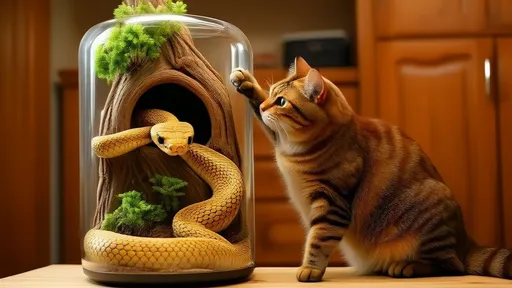
By /Jun 28, 2025
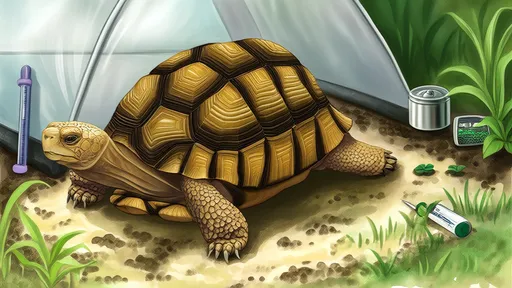
By /Jun 28, 2025
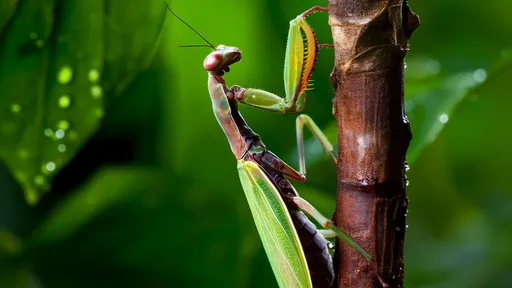
By /Jun 28, 2025
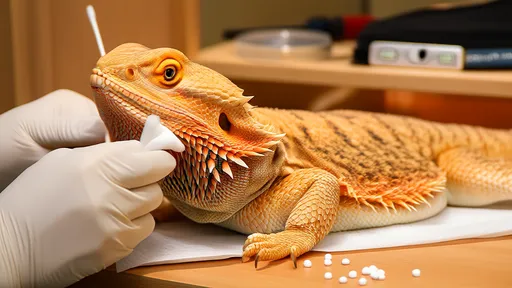
By /Jun 28, 2025
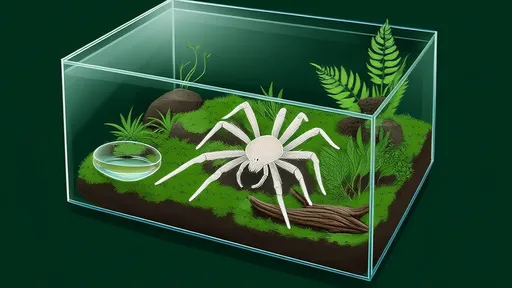
By /Jun 28, 2025